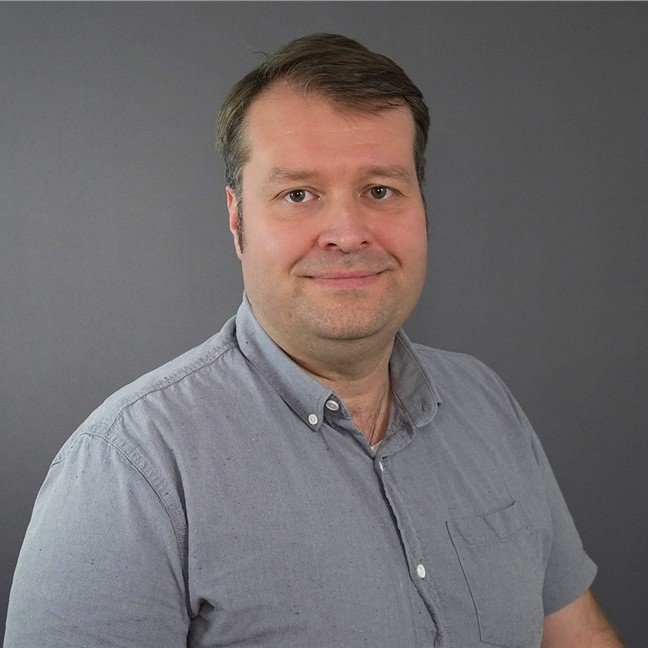Publikasjonsdetaljer
- Arrangement: (Oslo)
- År: 2012
- Arrangør: The Delta Center
The Internet of Things (IoT) will connect many different types of technologies and devices together in new and interesting ways. But, this raises many issues in trust and universal design. Some of these questions include, can we trust these devices and their communication? Who are they communicating with? Who is responsible for them? How can we find out? How can people with disabilities like impaired vision or dyslexia also follow along and be active members in the future Internet? We examine these issues in three scenarios: smart home, smart office, and e-voting; with personas that represent varying levels of age, impairment, needs, and technology competence. This exposes how varied the requirements and users of the future Internet will be. We have drafted a set of requirements that are useful for developers creating devices and services for the IoT that ensure that the "things" are trustworthy and that they follow the principles of universal design. We plan on testing these requirements first using a virtual reality simulation that saves time and allows feedback to prototypes as they are being built and in an actual real world environment for people with dyslexia and impaired vision. For hardware and software developers, our research in the design of the IoT will provide guidelines on how to build universally designed “things” and a trust feedback toolkit that allows end-users to be informed about the security and trustworthiness of devices and applications in local IoT. End-users will benefit in devices that are accessible to everyone, able to trust their devices on the IoT and know that they their security and privacy are being protected. This results in greater confidence and uptake of the use of the IoT and helps ensure that the future Internet is universally designed.
